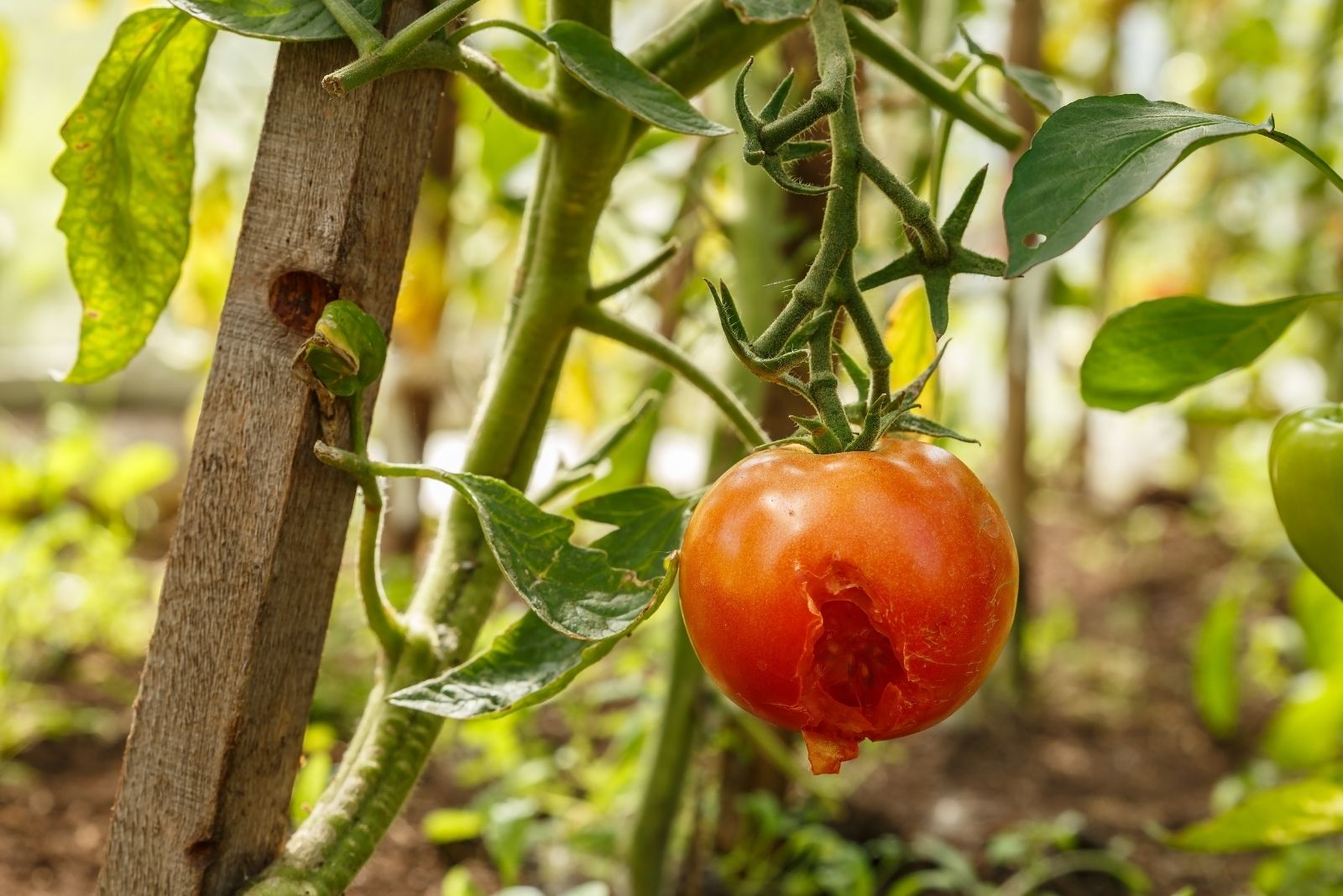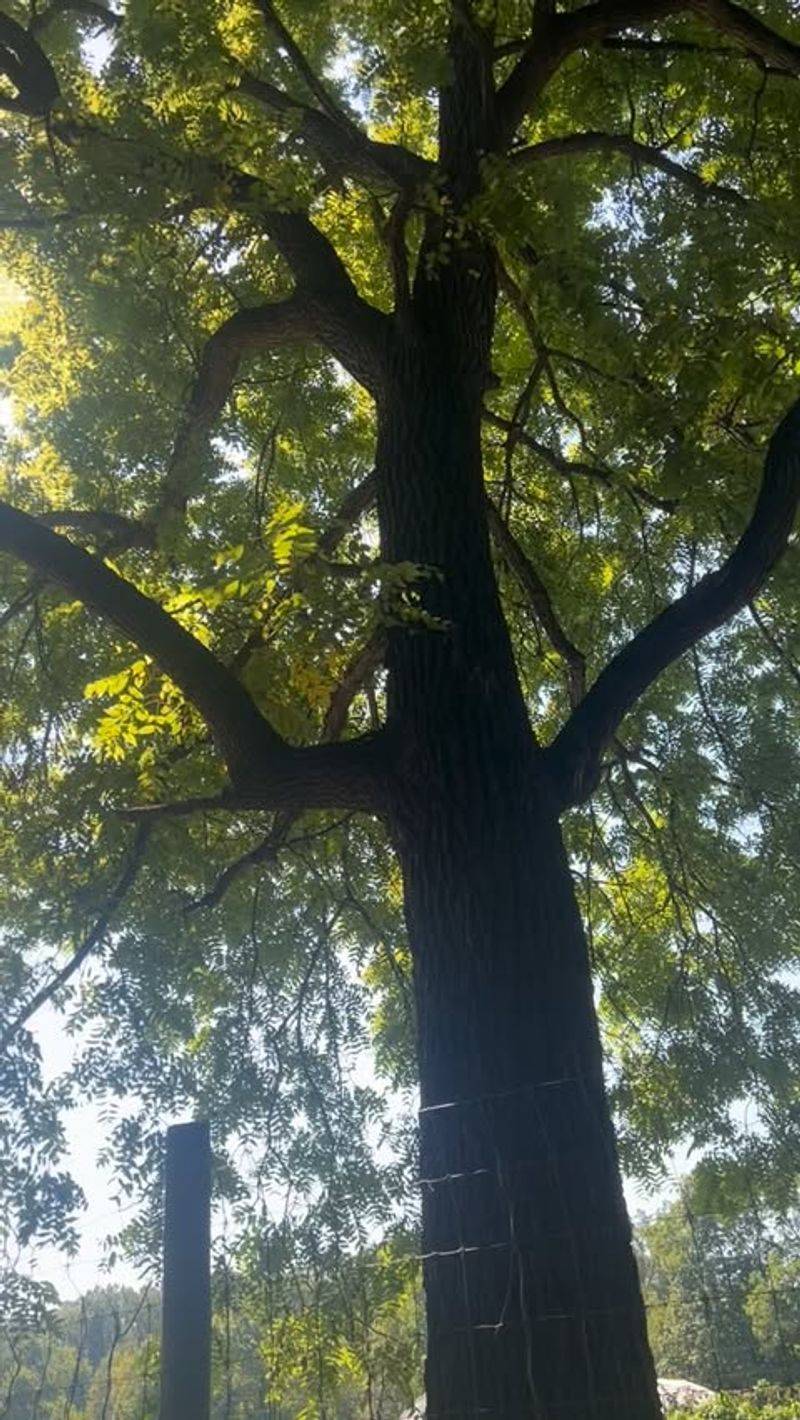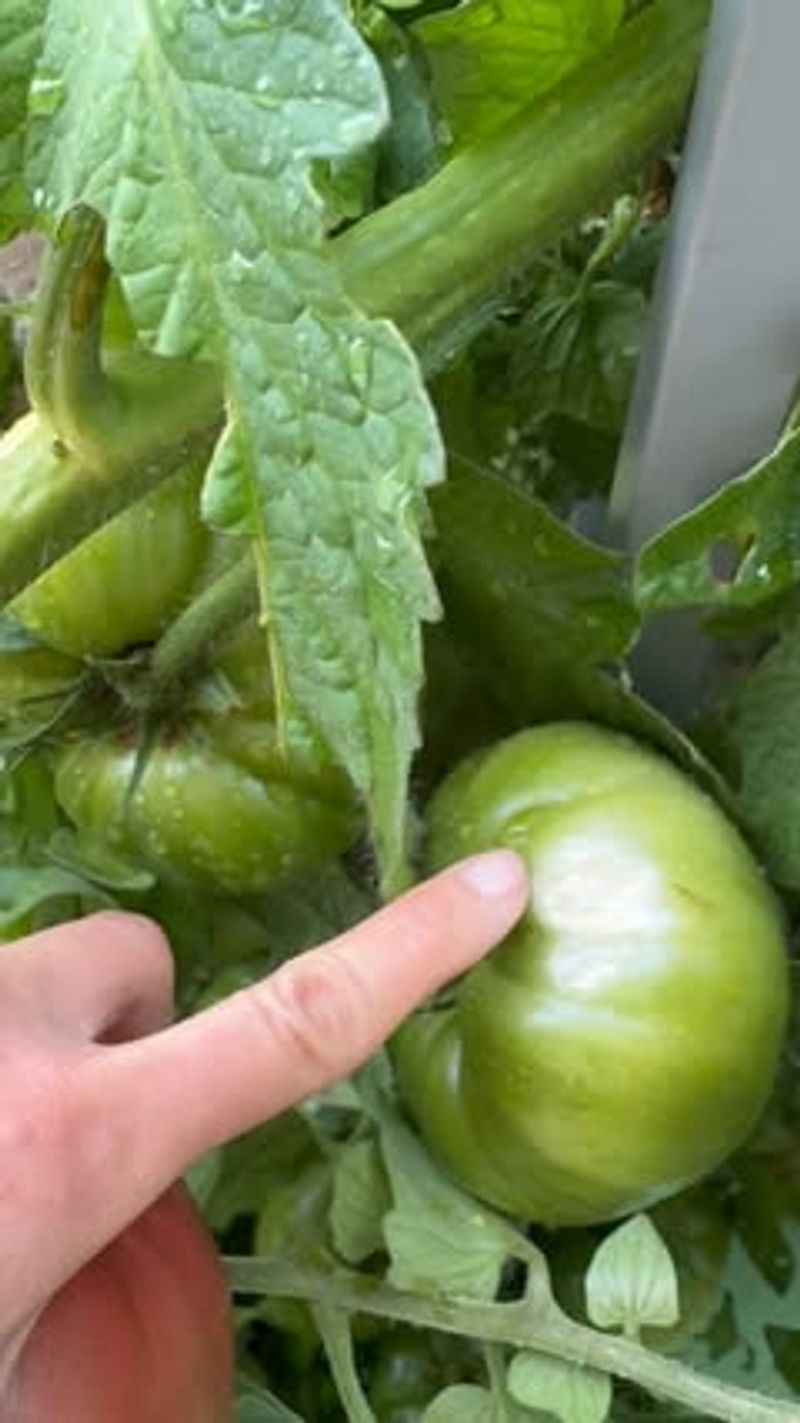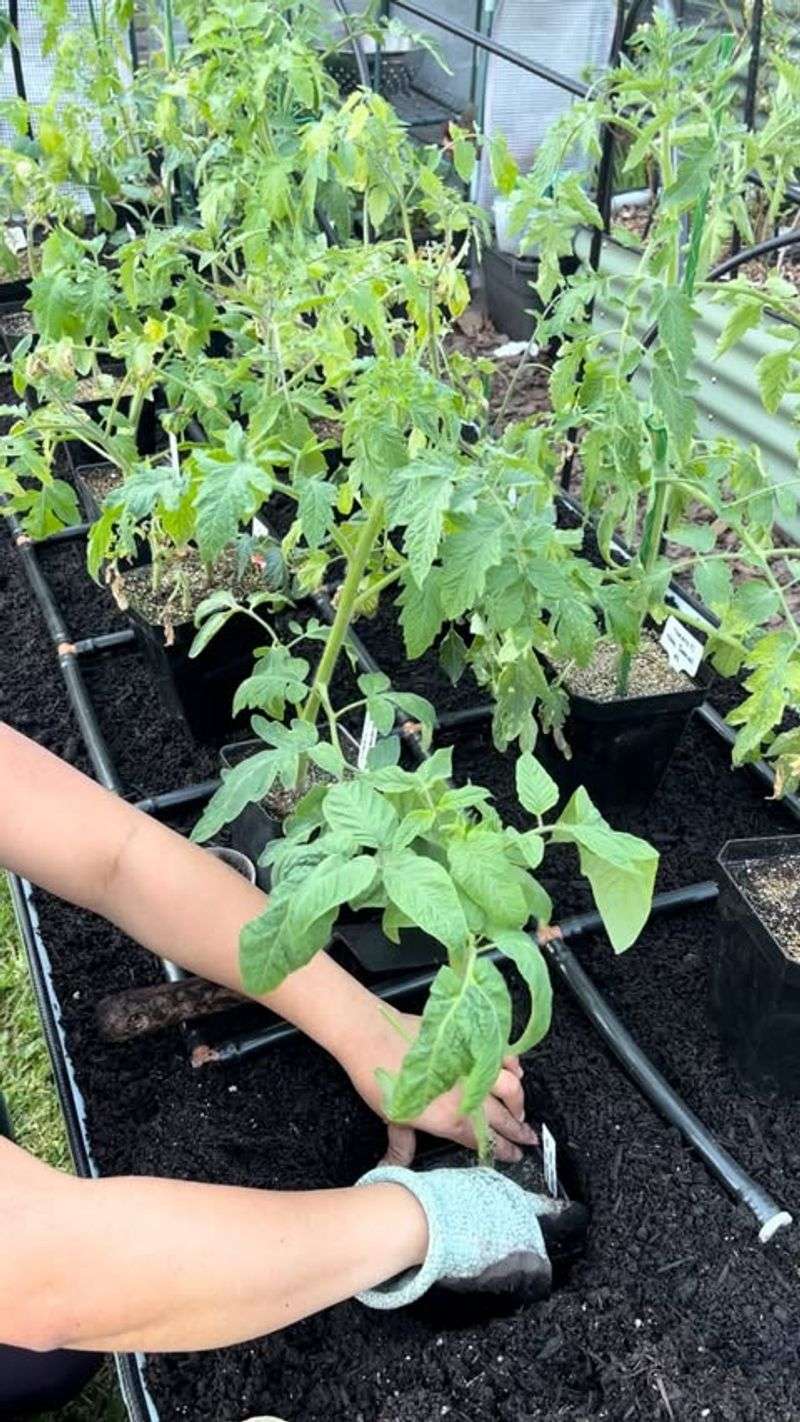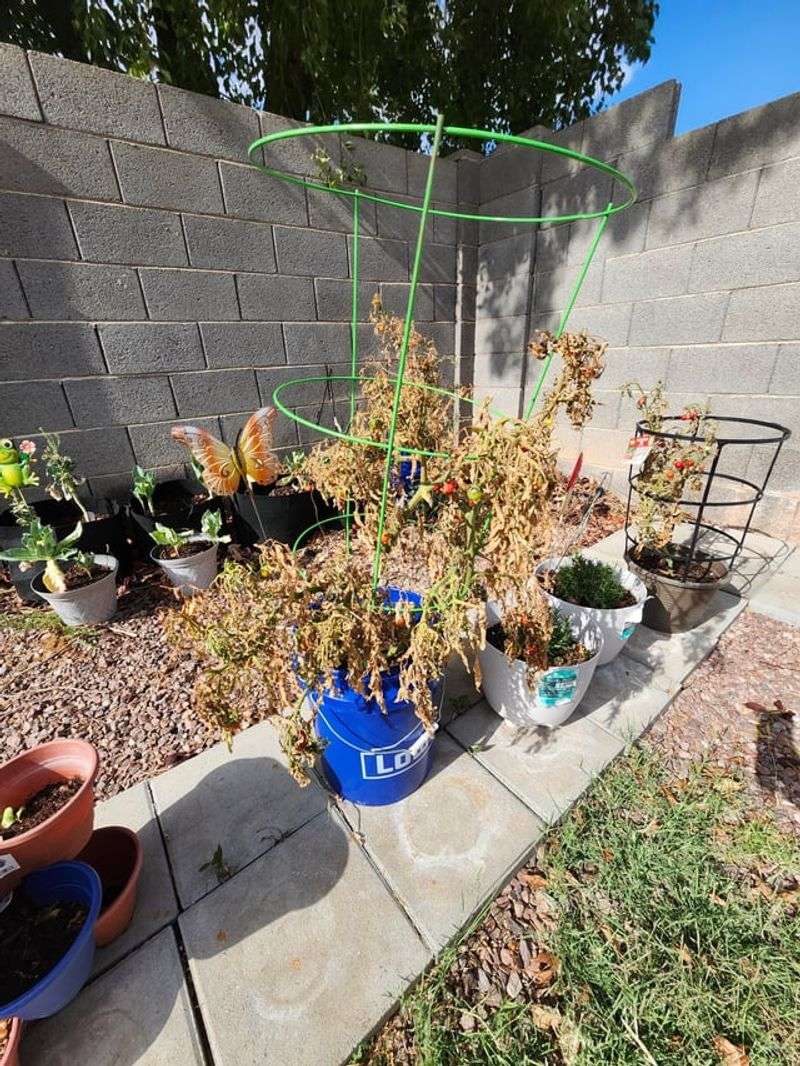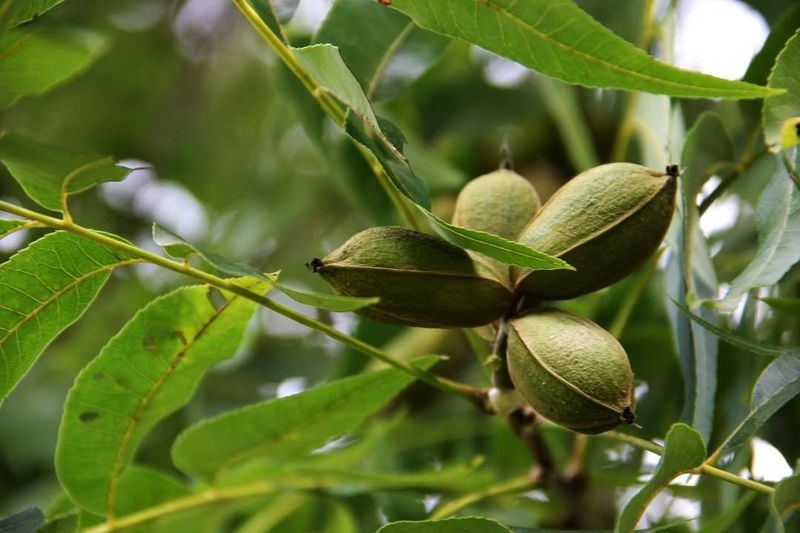Growing tomatoes in Tennessee can be incredibly rewarding, but choosing the wrong spot can doom your plants before they even start.
Certain locations around your yard or garden create conditions that tomatoes simply cannot tolerate, leading to disease, poor growth, or complete crop failure.
Understanding where NOT to plant your tomatoes is just as important as knowing the best spots, and experts agree on several locations you should always avoid.
1. Under Black Walnut Trees
Black walnut trees release a chemical called juglone through their roots, leaves, and nuts. This substance is toxic to tomatoes and will cause them to wilt, turn yellow, and eventually die within days of planting.
The toxin spreads through the soil up to 50 feet from the trunk, making a surprisingly large danger zone. Even if the tree was removed years ago, juglone can remain in the soil and continue harming sensitive plants like tomatoes for several seasons afterward.
2. In Deep Shade Areas
Tomatoes are sun-loving plants that demand at least six to eight hours of direct sunlight daily to produce fruit properly. Planting them in heavily shaded spots under large trees, beside tall buildings, or on the north side of structures will result in weak, leggy plants.
Without adequate sunshine, your tomatoes will focus energy on reaching for light rather than producing fruit. The few tomatoes that do form will be small, pale, and lack the sweet flavor you expect from homegrown produce.
3. Low-Lying Wet Spots
Areas where water collects after rainfall create disaster zones for tomato plants. Standing water suffocates roots by preventing oxygen from reaching them, which leads to root rot and fungal diseases that spread rapidly in Tennessee’s humid climate.
Poor drainage also encourages harmful bacteria and pathogens to thrive in the soggy soil. If your garden has natural depressions or spots that stay muddy for days after storms, choose a different location or build raised beds to elevate your tomatoes above the waterline.
4. Near Diseased Nightshade Plants
Planting tomatoes next to potatoes, peppers, or eggplants might seem convenient, but these nightshade relatives share common diseases like early blight and verticillium wilt. Pathogens jump easily between family members, creating an outbreak that can wipe out your entire harvest.
Crop rotation matters too—avoid planting tomatoes where nightshades grew the previous year. Give these spaces at least three years before returning tomatoes to that soil, allowing disease spores to die off naturally and breaking the infection cycle completely.
5. Against Heat-Reflecting Walls
While tomatoes love warmth, planting them directly against light-colored walls or metal surfaces creates an oven effect during Tennessee’s scorching summers. Reflected heat can push temperatures beyond what tomato plants tolerate, causing sunscald on fruit and heat stress on leaves.
Blossoms drop when temperatures exceed 95 degrees, meaning no fruit sets despite healthy-looking plants. Leave at least three feet of space between tomatoes and reflective surfaces, or choose spots where afternoon shade provides relief during the hottest part of the day.
6. In Heavily Compacted Soil
Tennessee’s notorious clay soil becomes rock-hard when compacted by foot traffic or equipment, making it nearly impossible for tomato roots to penetrate and spread. Roots need loose, airy soil to develop the extensive system required to support tall plants and heavy fruit production.
Compacted earth also prevents proper water absorption, causing runoff instead of deep watering. Before planting anywhere, test soil by digging down twelve inches—if you struggle to push a shovel through, your tomatoes will struggle even more to establish healthy roots there.
7. Close To Mature Pecan Trees
Pecan trees are beautiful but terrible neighbors for tomatoes. Their aggressive, shallow root systems compete intensely for water and nutrients, stealing resources faster than you can replenish them through fertilizing or watering.
The dense canopy blocks crucial sunlight while roots spread far beyond the drip line, sometimes extending twice the width of the visible branches. Fallen pecan leaves also decompose slowly and can harbor fungal spores. Keep tomatoes away from mature pecans to give your vegetables a fighting chance at survival and productivity.

